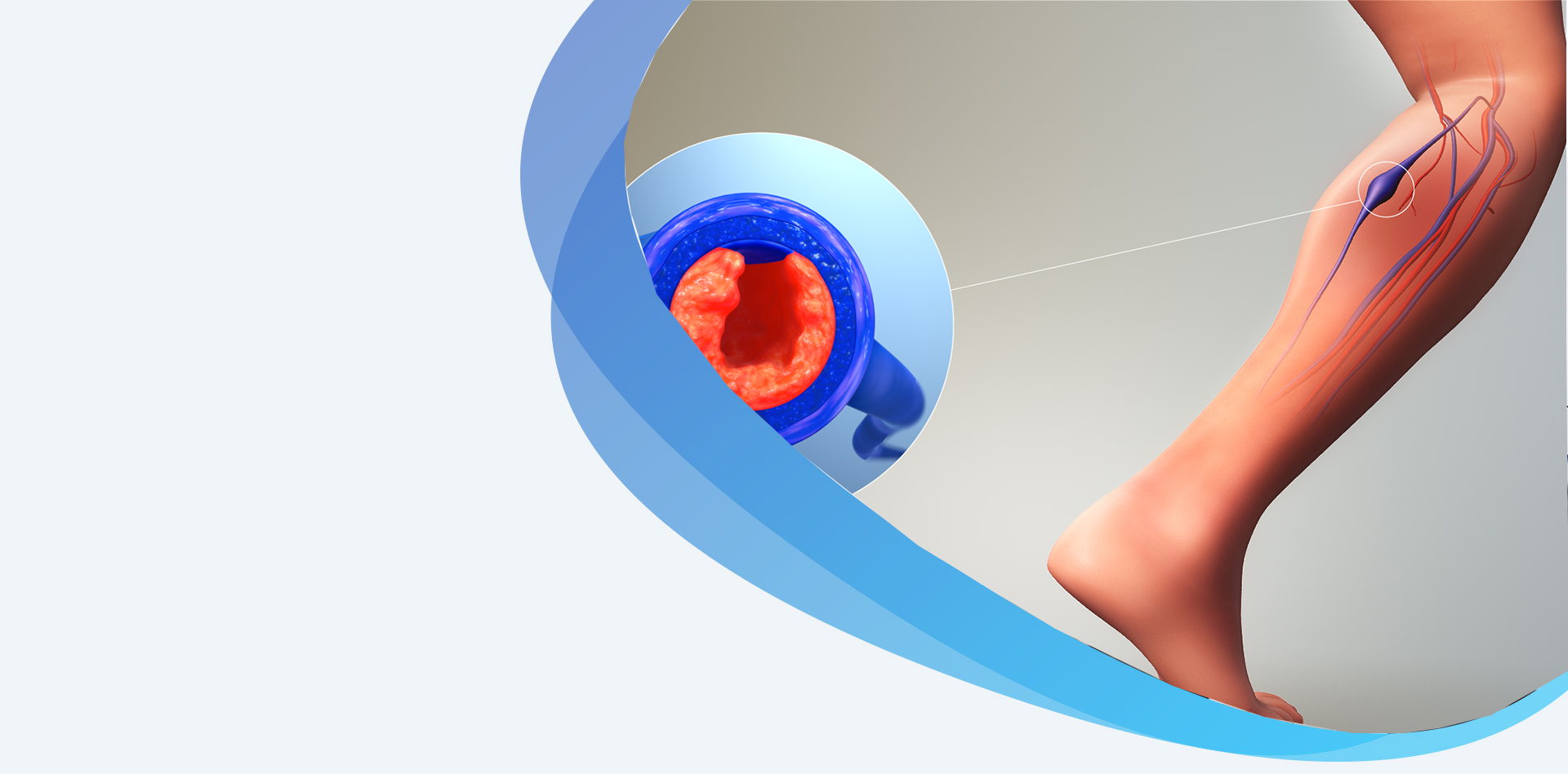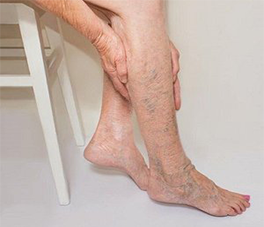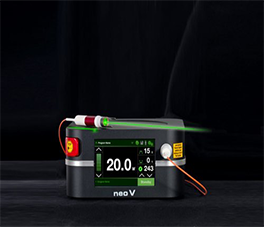Deep Vein Thrombosis


Occurs when your blood thickens in a clump that becomes solid, forming a clot. Nearly 900,000 first-time cases of DVT occur in the India every year, usually in the leg.
If you develop a clot and a piece of it breaks off, it could travel to one of your lungs and make breathing difficult, or even cause death.
Most commonly treated with blood thinners.
Can last from weeks to months
DVT can occur without any warning signs.
Swelling, pain, redness or warmth along the vein that has the clot.
DVT forms when your blood flow becomes very slow.


You will be asked questions about symptoms and medical history, including questions about family members. The vascular surgeon will also perform a physical exam.

DVT is usually treated with medication.
BLOOD THINNERS, also known as anticoagulants, are the most common medicines used for treating DVT. They prevent blood clots from getting larger by decreasing your blood's ability to clot. Over time, your body works with the blood thinners to decrease the size and consistency of the clot. Blood thinners can be taken as a pill, as an injection or intravenously (through an IV). Blood thinners can increase your chance of bleeding, so careful follow-up with your vascular surgeon is necessary.
THROMBOLYTIC THERAPY is sometimes used to quickly dissolve a blood clot, especially if the clot is large and causing severe symptoms. This treatment brings a much higher risk of bleeding than blood thinners, so it is not used unless truly necessary.
AN IVC FILTER placed inside the inferior vena cava, one of the largest veins in the body, may be an option. The filter does not stop a blood clot from forming, but can prevent a large clot from entering your lungs.

Maintain good overall health to decrease your risk of DVT.